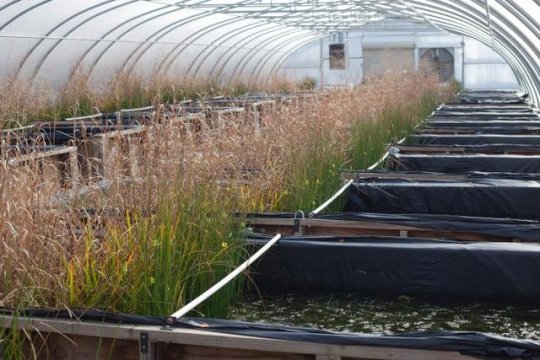Researchers at Duke University have found that nanomaterials used in agriculture could lead to more algae outbreaks in wetlands and other freshwater bodies.
In the last ten years, nanomaterials have been increasing in use via agrochemicals like pesticides and fungicides, ideally decreasing the amount of toxins sprayed on agricultural fields. But when combined with nutrient runoff from fertilized cropland and manure-filled pastures, these nanopesticides could also mean more toxic algae outbreaks for nearby streams, lakes, and wetlands, a new study finds.
“The results were surprising,” said Marie Simonin, lead researcher and postdoctoral associate with biology professor Emily Bernhardt at Duke University. Simonin et al.’s research found that the nanomaterials the difference in chemical and physical properties from their bulk counterparts, including more surface area for reactions and interactions are what could cause them to intensify algal blooms.

To determine how the combined effects of nutrient runoff and nanoparticle contamination would affect eutrophication, the researchers set up 18 separate 250-liter tanks with sandy sloped bottoms to mimic small wetlands.
Over the course of the nine-month experiment, some tanks got a weekly dose of algae-promoting nitrates and phosphates, some tanks got nanoparticles, and some tanks got both.
The nanoparticles had tiny effects individually, but when added together with nutrients, even low concentrations of gold and copper nanoparticles used in fungicides and other products, these tanks became with mats of floating algae.
Through their experimental results, the researchers found that large algal blooms were over three times more frequent and more persistent in tanks where nanoparticles and nutrients were added together than where nutrients were added alone. The algae overgrowths also reduced dissolved oxygen in the water.
It’s not clear yet how nanoparticle exposure shifts the delicate balance between plants and algae as they compete for nutrients and other resources, but the results suggest that nanoparticles and other “metal-based synthetic chemicals may be playing an under-appreciated role in the global trends of increasing eutrophication,” the researchers said.








